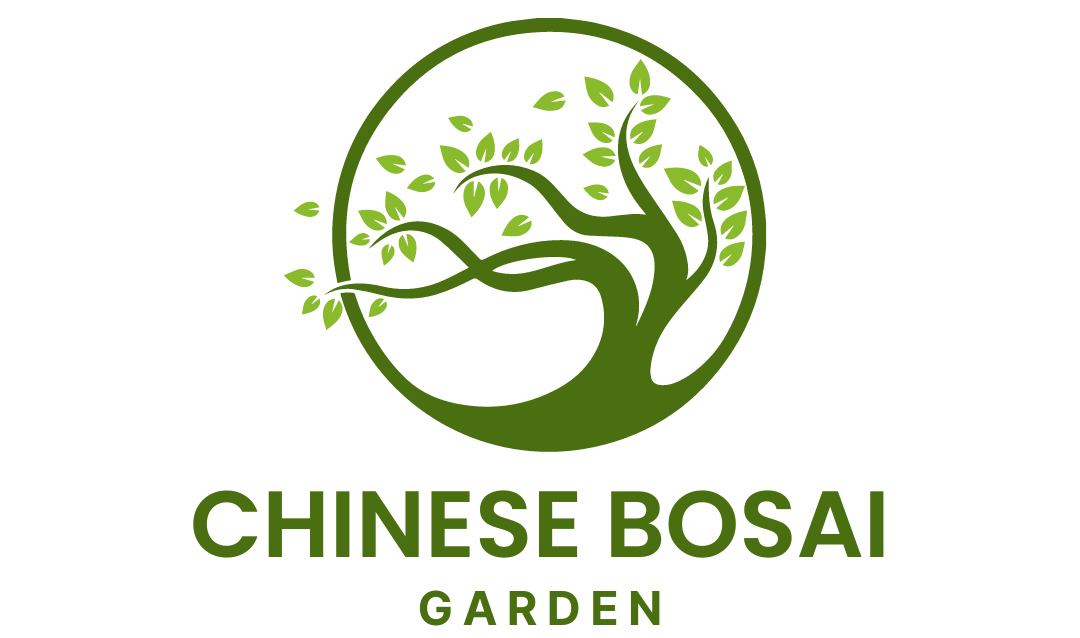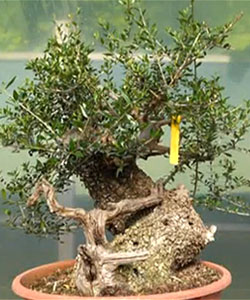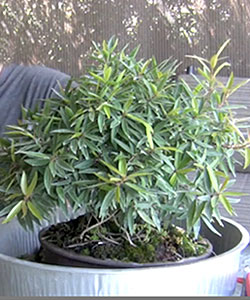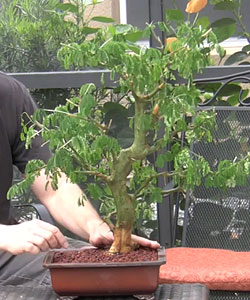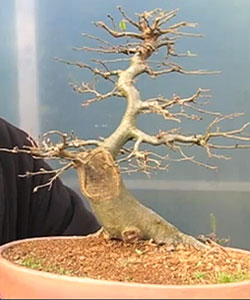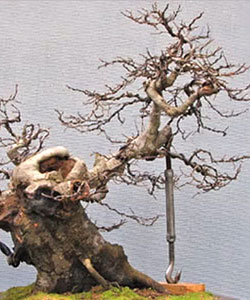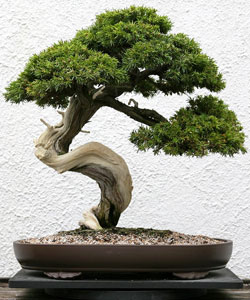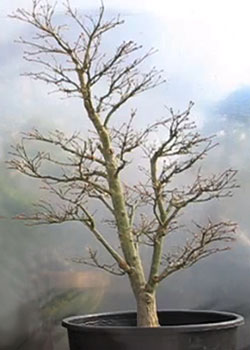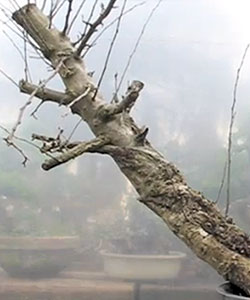Creating Olive Tree Bonsai From Pre-Bonsai Material
In this post, you will learn how to clean up the trunk, hollow out a stump, and trim and wire the branches of the Olive Tree, scientific name Olea europaea. This tree has been growing in the same pot for …
